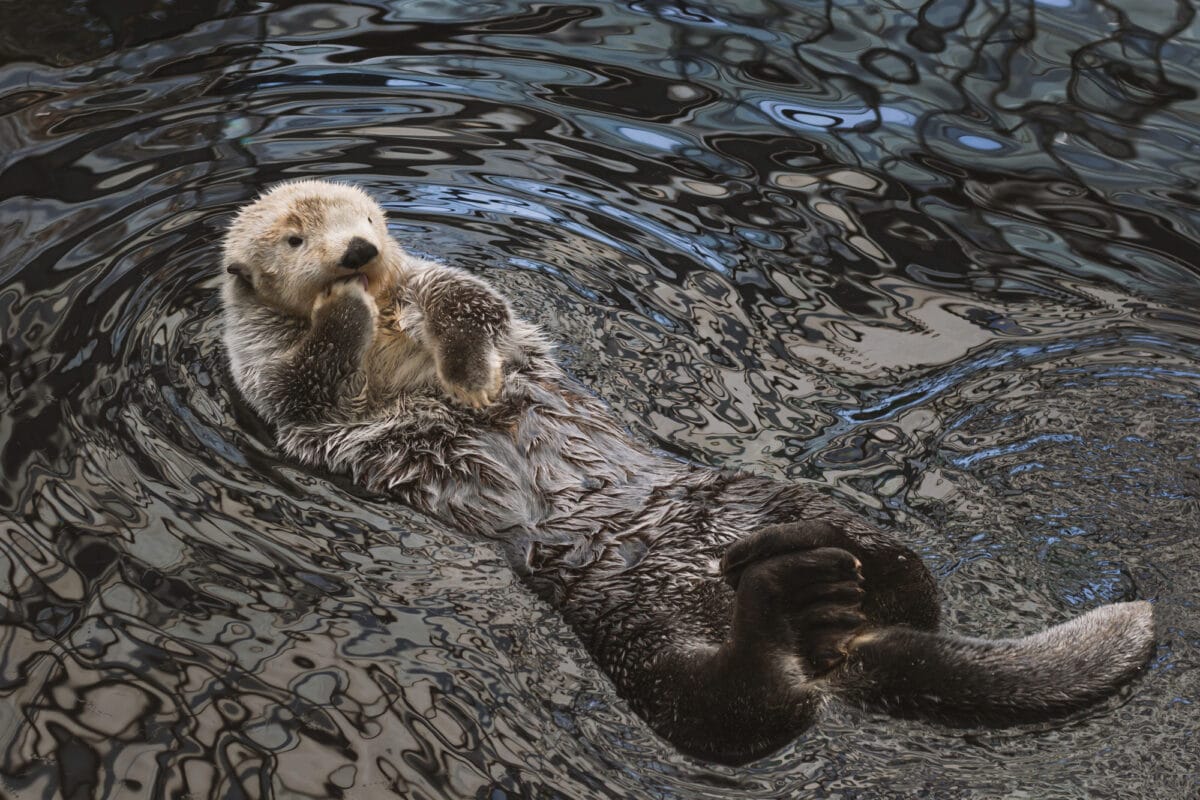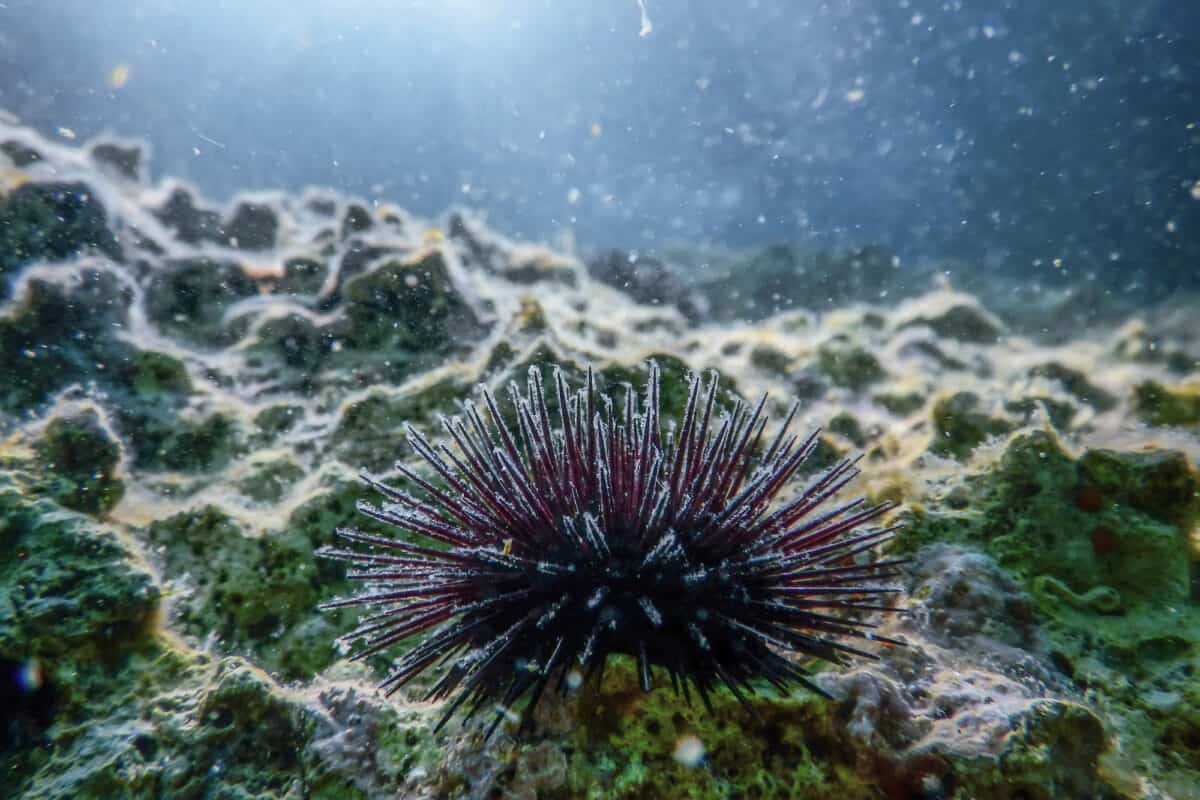The lush underwater forests of kelp that fringe the Pacific Coastline have long been vital to the region’s ecology. However, in recent decades, these vibrant ecosystems have faced significant threats. Enter the sea otters, nature’s unexpected yet invaluable ecological warriors. This furry marine mammal is not merely an emblem of marine beauty but plays a pivotal role in revitalizing and preserving these underwater havens. In this article, we delve into the remarkable connection between sea otters and the restoration of kelp forests, exploring how their presence is rewriting ecological narratives along the Pacific Coast.
The Undeniable Charm of Sea Otters

Sea otters are an enchanting species, captivating onlookers with their playful antics and endearing faces. These marine mammals are expert swimmers, equipped with dense, water-repellent fur that insulates them from cool ocean waters. But beyond their undeniable charm, sea otters have profound ecological roles that are crucial to the health of their environments.
Kelp Forests: Essential Underwater Ecosystems

Kelp forests, akin to terrestrial rainforests in their biodiversity and complexity, provide habitat, food, and protection for a multitude of marine organisms. These towering underwater ecosystems support various fish, invertebrates, and marine mammals. They also play vital roles in carbon sequestration and coastal protection against storm surges.
Threats to Kelp Forests

Unfortunately, kelp forests have experienced significant declines due to various factors such as pollution, climate change, and overfishing. One of the most insidious threats is the overgrazing by sea urchins, voracious herbivores that can decimate entire stretches of kelp if their populations go unchecked.
The Sea Otter’s Historical Struggle

Sea otter populations once flourished along the Pacific Coast, but excessive hunting during the fur trade era brought them to near extinction. Protected initiatives in the 20th century slowly allowed populations to recover, though they remain vulnerable to oil spills, fishing gear entanglement, and predation.
Sea Otters as Key Predators

One of the sea otter’s most significant contributions to the ecosystem is their predation on sea urchins. By keeping urchin populations in check, otters prevent the overgrazing that devastates kelp forests. Their foraging habits naturally regulate the balance within these ecosystems, allowing kelp forests to thrive.
An Ecosystem in Balance

The presence of sea otters leads to healthier and denser kelp forests, which in turn support an abundance of fish, invertebrates and even reduce the impact of ocean acidification. This illustrates a classic example of a trophic cascade, where top predators help maintain the structure of entire ecosystems.
Research and Observations

Extensive research has documented the positive correlation between sea otter density and kelp forest health. Studies in regions like Alaska and Northern California show that areas with robust otter populations have markedly more extensive and thriving kelp forests than regions where otters are sparse or absent.
The Economic Benefits

A flourishing kelp forest does not only mean ecological health; it also translates into economic gains. These marine forests support fisheries and tourism industries by maintaining healthy fish stocks and attracting nature enthusiasts, contributing to the economies of coastal communities.
Conservation Efforts

Protecting sea otters involves multi-faceted conservation strategies, including habitat protection, anti-poaching laws, and pollution control. Encouraging community-led initiatives and education about the role of otters in marine ecosystems also plays a crucial role in their conservation.
Challenges Ahead

Despite their comeback, sea otters face ongoing challenges. Climate change, habitat degradation, and human interference continue to pose significant threats. Continued advocacy and scientific research are essential to support the resilience and growth of both otter populations and kelp forests.
A Global Perspective

While the sea otter’s story along the Pacific Coast is one of localized success, it serves as a beacon of hope and a model for conservation worldwide. Other ecosystems facing imbalance can find inspiration in the otter’s role as a keystone species and the ripple effects of their ecological contributions.
The Future of Kelp Forests

The future of kelp forests intertwined with sea otter populations looks promising yet calls for a continued commitment to conservation and climate action. With sustained efforts, these underwater gardens can flourish, ensuring biodiversity, economic vitality, and ecological balance for generations to come.
In conclusion, the relationship between sea otters and kelp forests highlights the intricate and surprising connections within nature. As these furry marine p rotectors continue to thrive, they bring with them renewed hope for the resilience of the Pacific Coast’s rich ecosystems—an emblematic reminder of the power of predators in restoring and maintaining ecological balance.
- How Baby Giraffes Learn to Walk Within Hours - August 16, 2025
- Why We Need to Save The Cross Gorilla, The Most Endangered Primate in The World - August 16, 2025
- This Snake Can Climb Glass Walls - August 16, 2025

